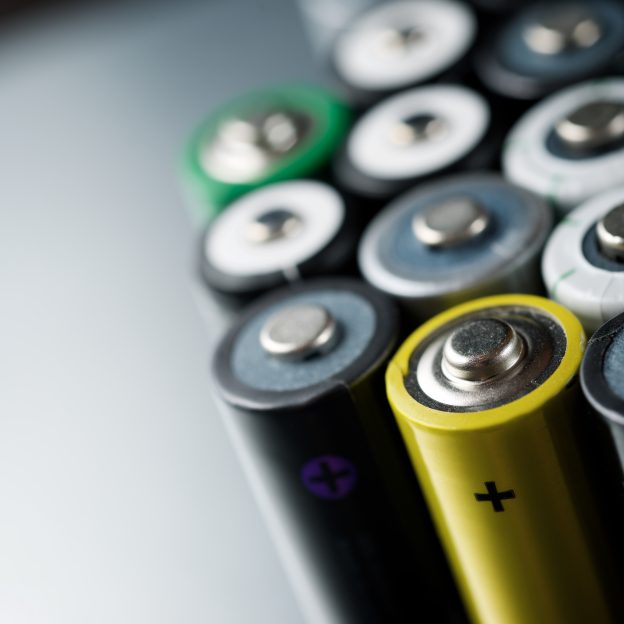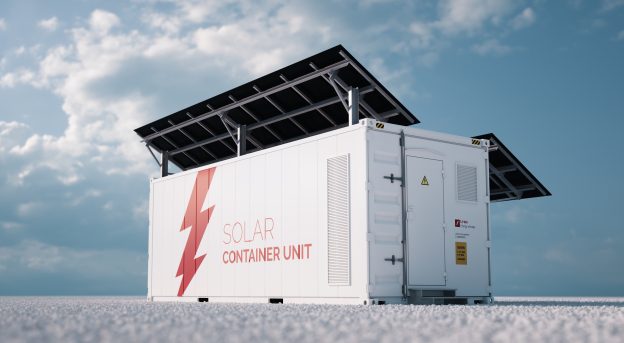
As a country famous for its development of wind energy, Denmark has an advantage in obtaining additional sources of new energy because of its vast shorelines, despite being constrained by its limited landmass. As the E.U.’s new energy targets bring impending changes to the energy ecosystem, Denmark will now construct a massive offshore artificial island to create more new energy hubs, expected to provide tens of millions of households in Europe with electricity eventually.
Denmark is a well-known pioneer in offshore wind energy. According to CNBC, Orsted, formerly known as DONG, constructed the first offshore wind farm in 1991 near the Lolland islands in Denmark. Other Danish companies, including turbine manufacturer Vestas, are also major participants of wind power generation.
Given Denmark’s ongoing energy transition efforts and the looming demand for electricity from new energy sources (that is, sources of new energy, not new sources of energy) in the E.U., as well as Denmark’s limited land area, Denmark naturally came up with the solution to its landmass limitations using land reclamation. Some sources have indicated that Denmark will construct a massive artificial island about 80 km west of the coast of Jutland, with 3 GW in capacity planned for phase one, involving 200 offshore wind turbines and costing billions of dollars (that is, U.S. dollars).
According to the Danish government’s claims, electricity generated by offshore wind turbines is generally transferred onshore for storage, but because of limited onshore spaces, offshore artificial islands can become a hub for new energy storage (that is, a storage of new energy and not a new storage for energy). From these hubs, electricity can then be distributed to various countries and islands near the island through electrical grids. This island, in particular, is expected to provide electricity for three million households in Europe in the first phase.
This new energy island will initially occupy about 120,000 square meters of space, which is about 18 soccer fields. The Danish government claims that the island can expand to a maximum of 10 GW in capacity, which will require about 460,000 square meters of space. Denmark also claims that this will provide enough power for about 10 million households in Europe.
Total estimated costs for the 10 GW capacity and the corresponding required electrical grid will reach about 210 billion Danish krone, or about US$33.97 billion. These infrastructures will be jointly owned by public and private parties, while the former (that is, the Danish government) will hold a majority share. The Jutland new energy artificial island project, projected to conclude in 2033, will triple Denmark’s offshore wind power. In addition to the artificial island, Denmark is also planning to construct a second, 2 GW new energy center in the Baltic Sea near an island located southeast of Demark.
The floating energy island can also provide fuel for boats, planes, and trucks. The Danish government indicates that the wind power will be converted into hydrogen and subsequently liquid fuel. In so doing, the artificial island project will be able to solve such problems as how to store renewable energy and how to incorporate renewable energy into the transportation/logistics industry.
The E.U. hopes to achieve 60 GW of offshore wind power by 2030 and 300 GW by mid-21st century. The Danish government indicates that, as Denmark has fewer than six million people in population, the artificial island project will be a major driving force in realizing Europe’s vast potential for offshore wind power generation.
In December 2020, countries in Northern Europe decided to collectively stop looking for oil and natural gas in the North Sea. This marked one of the most ambitious carbon emission goals in the world. While Denmark had previously made a killing from fossil fuels, it was also the largest oil manufacturing country to have set a definite date to terminate its petroleum extraction. Among other goals, Denmark aims to reduce its emissions by about 70% in 2030 compared to 1990, and this aim has been included in its climate change legislations, giving it legislative legitimacy. According to the Danish climate minister, “If we don’t make a living on oil, if we want to be green, we need to develop.”
(Image: Flickr/CGP Grey CC By 2.0)







